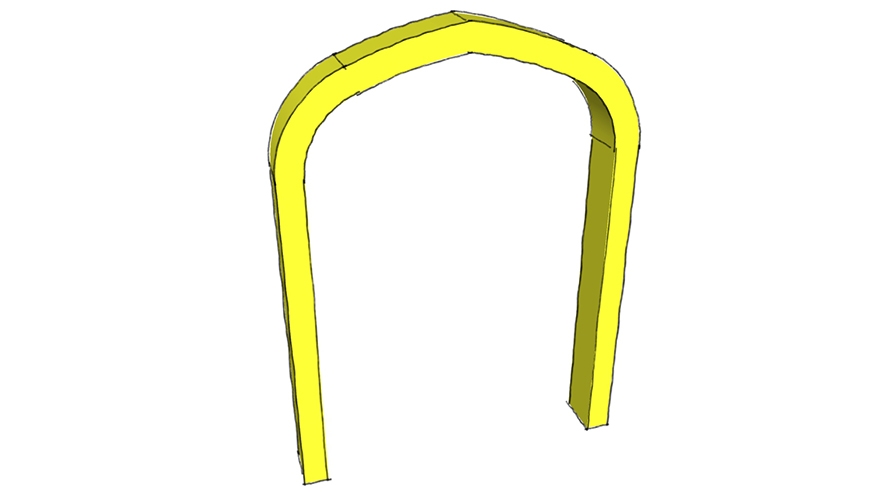
21 Types of Architectural Arches
There are many different types of architectural arches employed in the buildings. Arches have been a major part of architecture and construction since antiquity and have developed through historical eras.
The Gateway Arch in St. Louis, United States, is the tallest in the world. Arc de Triomphe or Triumphal Arch of the Star is one of the world’s most famous monuments in Paris, France. Patuxai Arch or Arc de Triomphe of Vientiane or Victory Gate in Vientiane, Laos; Arch of Triumph in Pyongyang, North Korea and Arch of Constantine in Rome, Italy, are among other impressive arches of the world.
Let's begin arch architecture!
Flat Arch
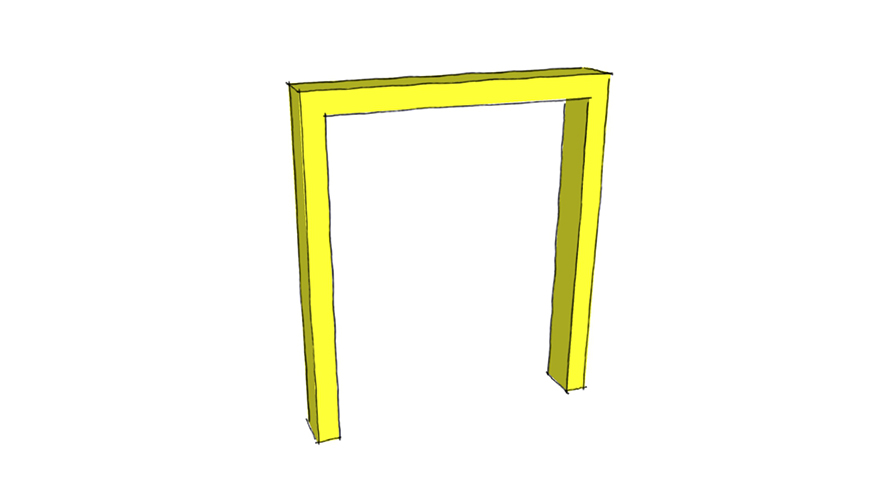
A flat arch is a straight spanning member where the intrados is straight which is the interior curve or inner line of an arch. In a flat arch, intrados behave as the base of an equilateral triangle that is made by skewbacks placed at an angle of 60 degrees. A skewback is a masonry course with an inclined surface supporting the ends of an arch. A flat arch is built by jointly supporting wedge-shaped masonry units known as voussoirs. In a flat arch, extrados are also straight and horizontal, that is the exterior curve or outer line of an arch. A flat arch is generally constructed for lighter loads and cannot bear heavy loads. It is also known as a jack arch or a straight arch.
Semicircular Arch – Round Arch
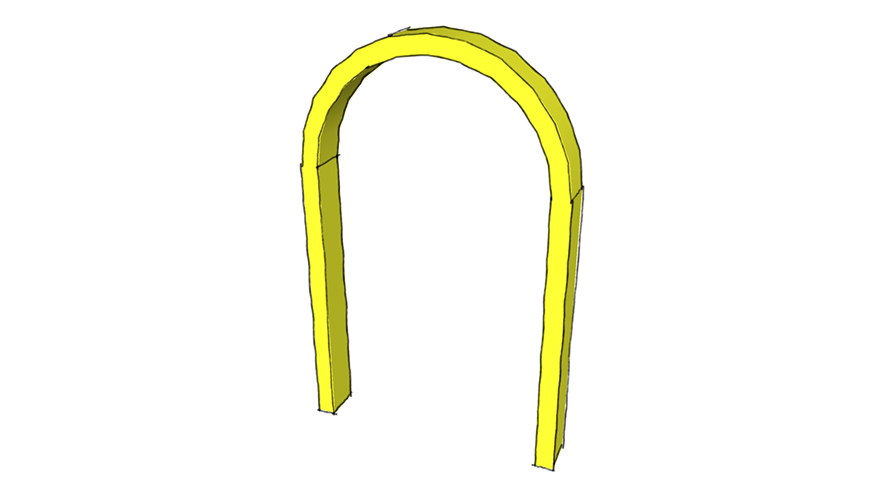
A semicircular arch is an arch that is formed by a circular arc with 180 degrees. In this arch, the central point of the curve lies on the springing line of the arch. The intrados of this arch is a semicircle. The width of the springing line of this arch is equal to the diameter of the semicircle and the rise is equal to the radius. It is a one-centred arch. It is a strong arch that can bear heavy loads. It is one of the types of round arch and is also commonly known as a Roman arch.
Segmental Arch
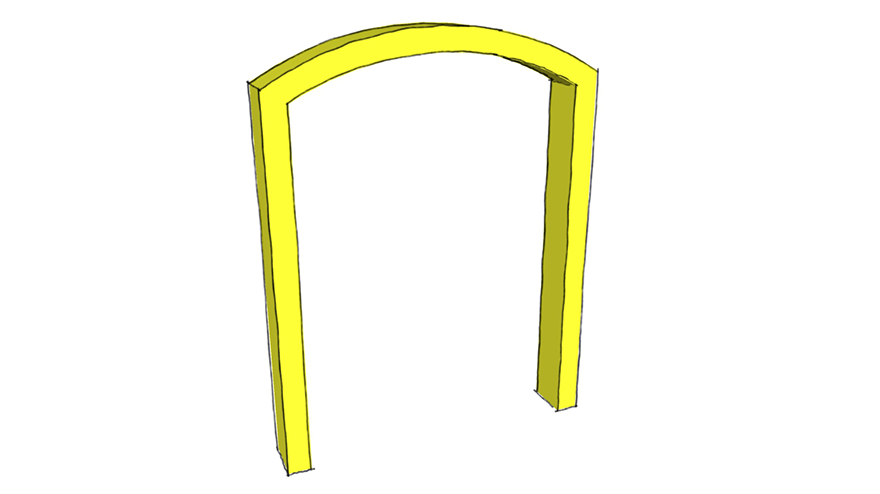
A segmental arch is an arch with a curved arc lower than 180 degrees. Intrados of this arch is lesser than a semicircle. In this arch, the centre of the arc falls under the springing line of the arch. The springing line of an arch, also known as the spring of an arch, is the horizontal line drawn between the ends from where the arch starts. In this type of arch, a rise should be equal to a minimum of one-eighth of the width of the arch to efficiently endure thrust. It is also a one-centred arch. It is considered to be one of the strongest and most durable arches as these arches can resist force. Ancient Romans are known to have first developed segmental arches in bridge construction. A segmental arch is also known as a scheme arch.
Two-centered Arch
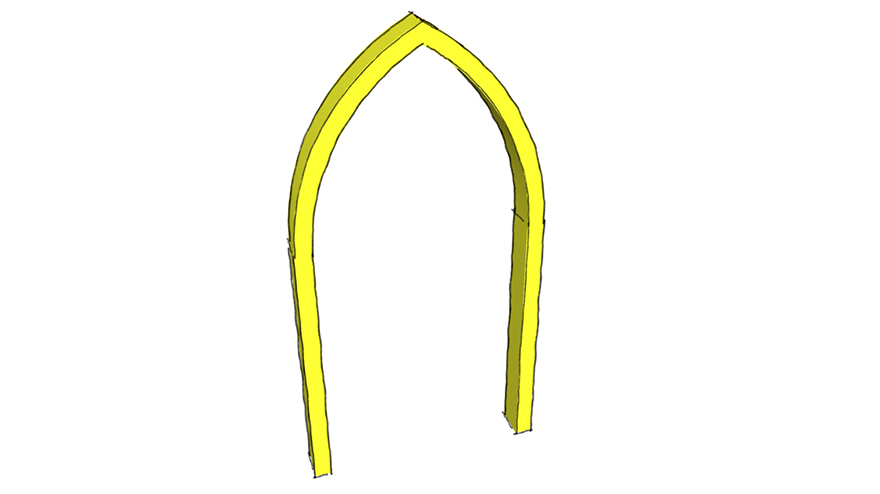
A two-centred arch is an arch that consists of two arcs with their centres on the springing line of the arch. Both the arcs meet at the apex to make it a pointed arch. It may also be known as a Gothic arch.
Three-centered Arch
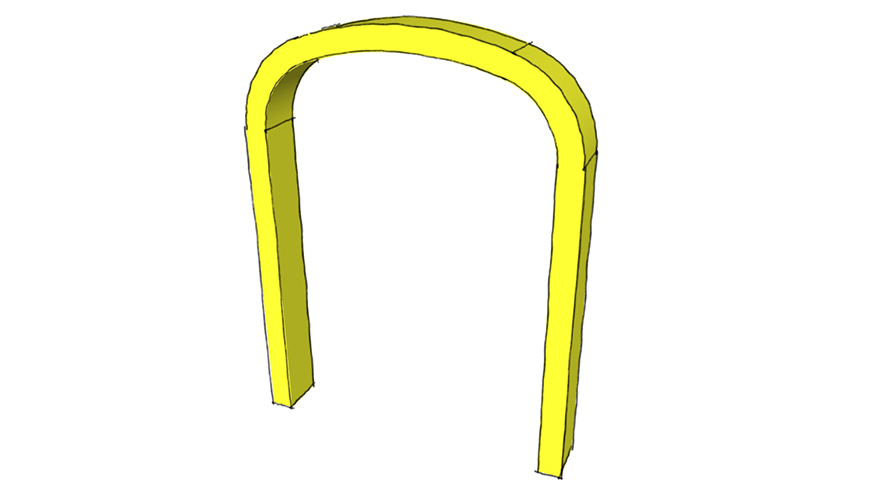
A three-centred arch is an arch that is formed by three arcs with three centres. Its intrados is similar to a segmental arch in shape with a difference at the two ends that are curved. The Centre of the larger and middle curve lies below the springing line of the arch. Meanwhile, the centres of the two smaller identical arcs at the ends lie on the springing line. It is a type of an elliptical arch. It is also known as a semi-elliptical arch.
Four-centered Arch
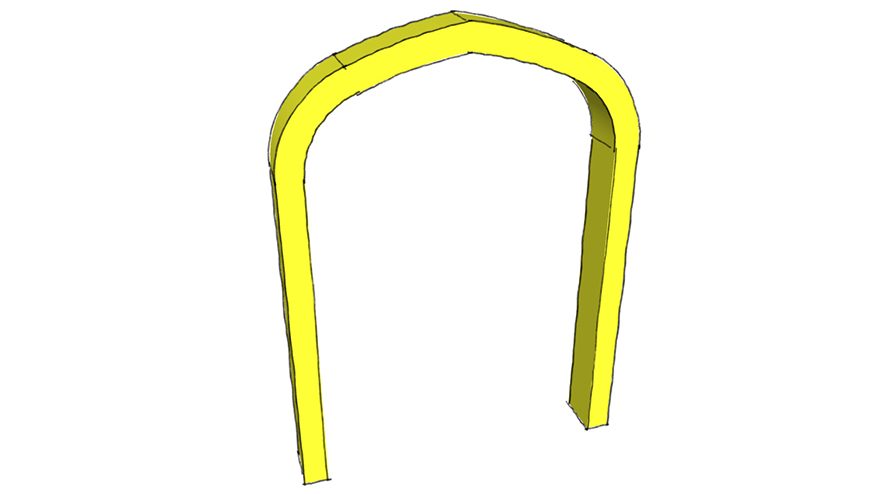
A four-centred arch is an arch formed by four arcs with four centres. Central points of the smaller arcs at the ends lie on the springing line. Meanwhile, the centres of the two larger arcs lie below the spring line of the arch. A point forms at the apex of the arch. When these four-centered arches are lower and depressed in form, they are called the Tudor arches.
Lancet Arch
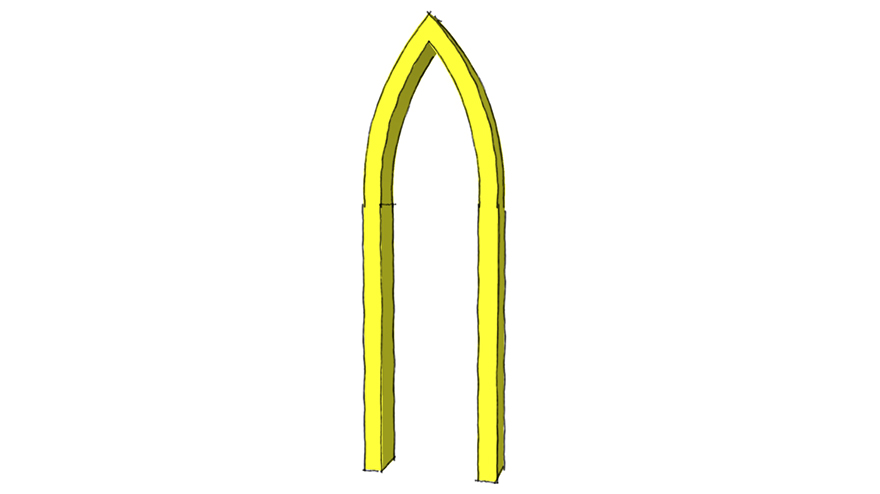
A lancet arch is an arch that is formed by two curves with their two centers on the springing line but far beyond the springing points making the arch opening narrow and acutely pointed as a spear. The width of the lancet arch is narrower than the height. It is also known as an acute arch or an ogive arch. It may also be known as a Gothic arch.
Florentine Arch
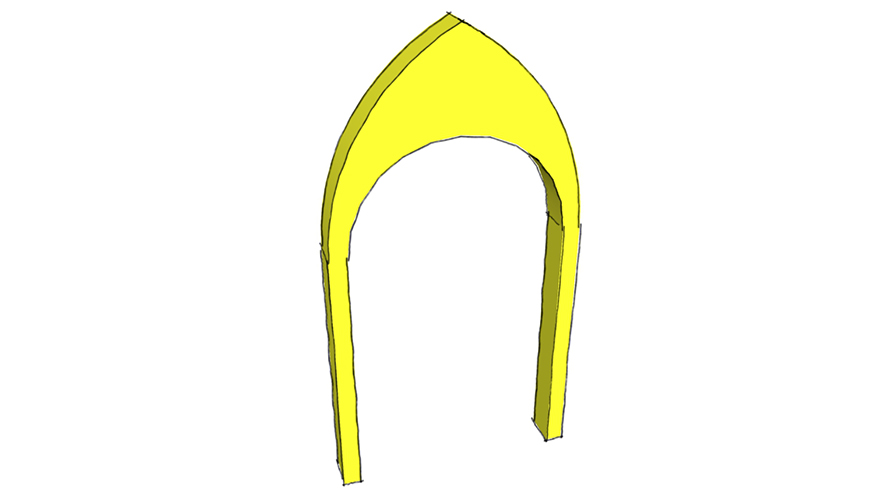
A Florentine arch is an arch in which intrados is semicircular and extrados consists of two centred pointed arches. All three centres of intrados and extrados lie on the springing line of the arch.
Ogee Arch
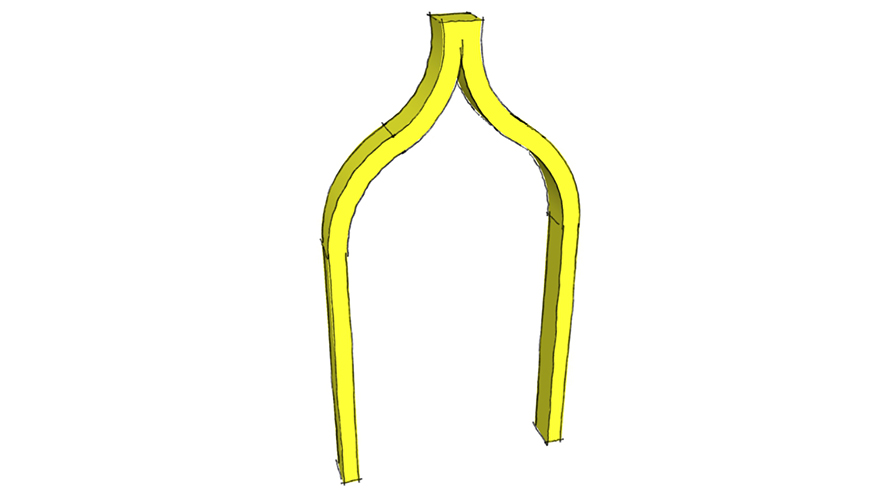
An ogee arch is an arch formed by two arcs that are curving in opposite directions forming the shape of the letter ‘S’. Intrados consists of sets of two curves where the upper curve is concave and the lower curve is convex. Two sets of arcs make a point where they meet.
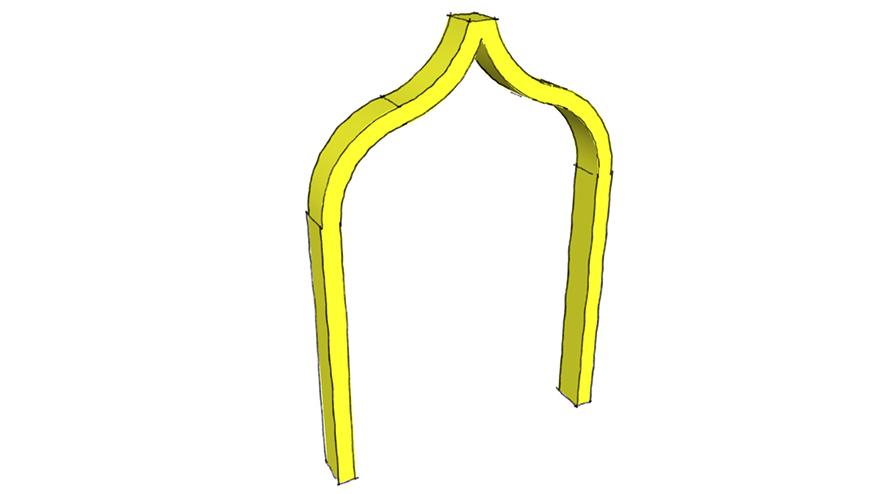
There are other types of ogee arches such as the ogee three-centered arch and ogee four-centered arch.
Horseshoe Arch
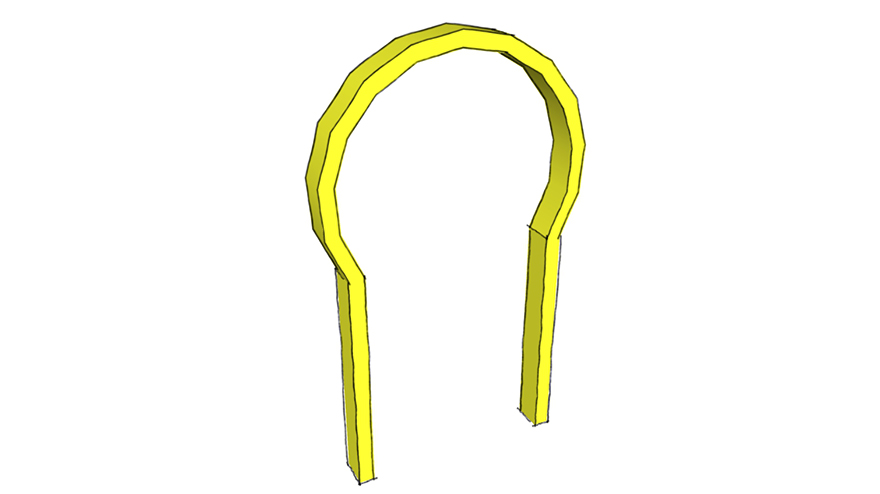
A horseshoe arch is an arch that is in the form of a horseshoe. The intrados of this arch is more curved than a semicircle. Intrados gets widened above the springing line before getting narrowed to the top. The centre of the curve lies above the springing line of the arch. The rise of the arch is greater than the radius of the arc. There are two types of horseshoe arches such as rounded horseshoe arches and pointed horseshoe arches. A rounded horseshoe arch has a circular or rounded top formed by one arc with a single centre.
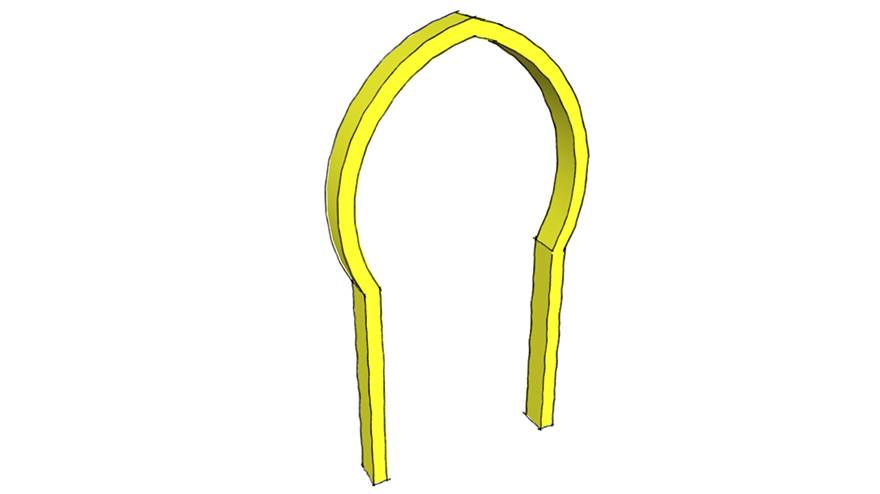
On the other hand, a pointed horseshoe arch has a pointed top formed by two arcs with their two central points above the springing line.
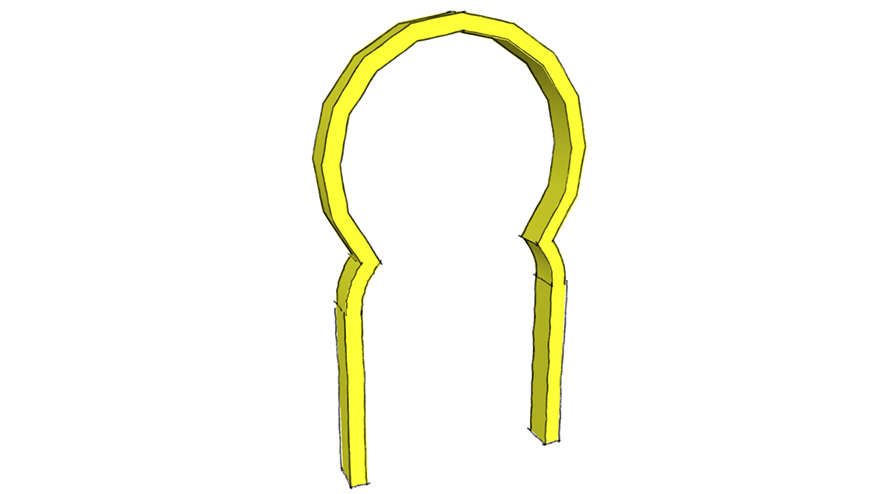
A horseshoe arch is also commonly known as a Moorish arch and sometimes as a keyhole arch due to its resemblance to a keyhole.
Catenary Arch
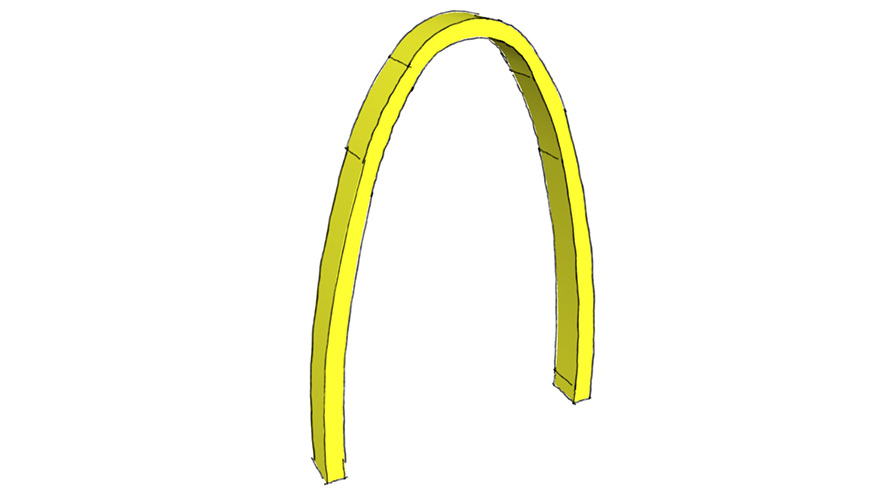
A catenary arch is an architectural arch that takes the form of an inverted catenary curve. A catenary curve is a U-shaped arc that follows the form of a freely hanging cord or chain, supported only by two fixed ends. It is similar in appearance to a parabolic arch but it is not a parabolic arch. A catenary arch has a constant thickness. It is a type of an elliptical arch. Catenary arches have been built in the buttresses and vaults of Gothic and Renaissance architecture.
A weighted catenary arch is a unique form of a catenary arch with non-uniform thickness. Gateway Arch is an architectural marvel and spectacular stainless steel monument located in St. Louis, Missouri in the United States. It was constructed as a masterpiece to celebrate the westward expansion of America. American architect Eero Saarinen designed it in 1947 in the shape of a weighted catenary arch.
Parabolic Arch
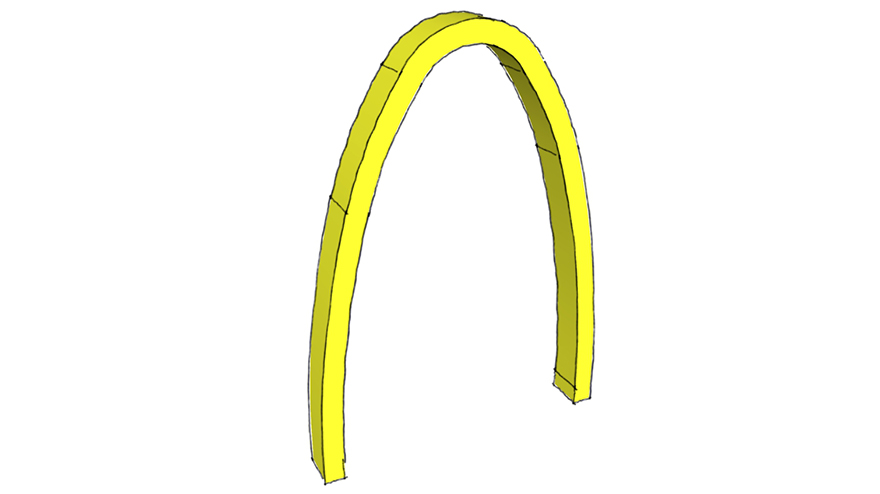
A parabolic arch is an arch that takes the form of a parabola. A parabola is a curve that follows the path of an object thrown in the air and fallen on the ground. It is a roughly U-shaped arch. It is a type of an elliptical arch. Parabolic arches have been widely used in the construction of bridges and other engineering discoveries in the ancient world.
Shouldered Flat Arch
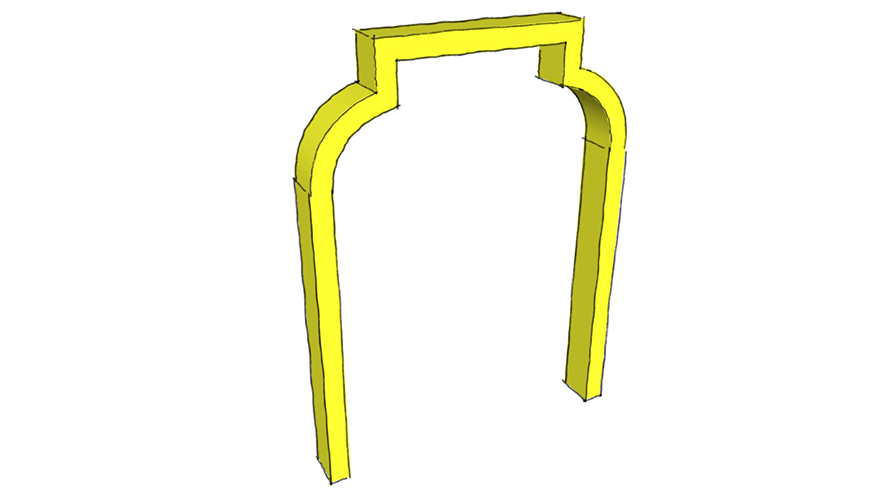
A shouldered flat arch is an arch that consists of rounded shoulders on both sides of the flat horizontal arch opening. Two arcs for the shoulders start the curve with their centre on the springing line.
Inflexed Arch
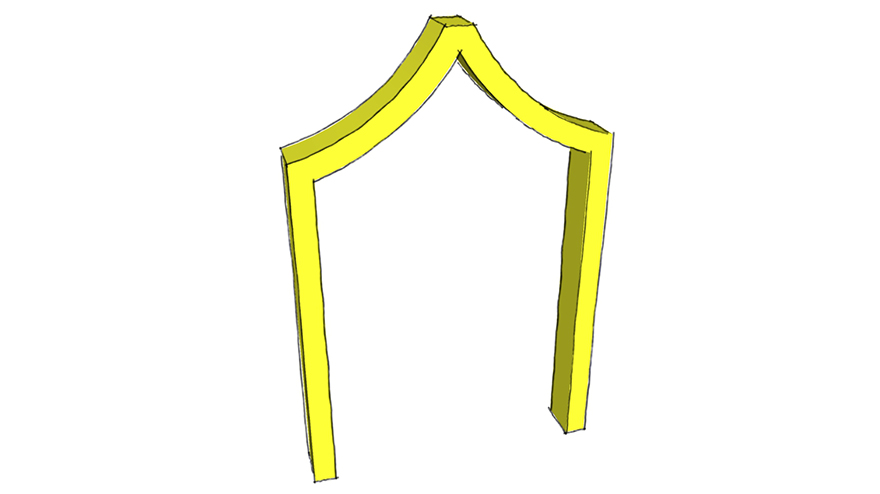
An inflexed arch is an arch that is formed by two arcs curving inward or downward. The centre of two arcs lies above the springing line of the arch. Two identical curves join together forming a pointed edge at the top of the arch opening.
Trefoil Arch
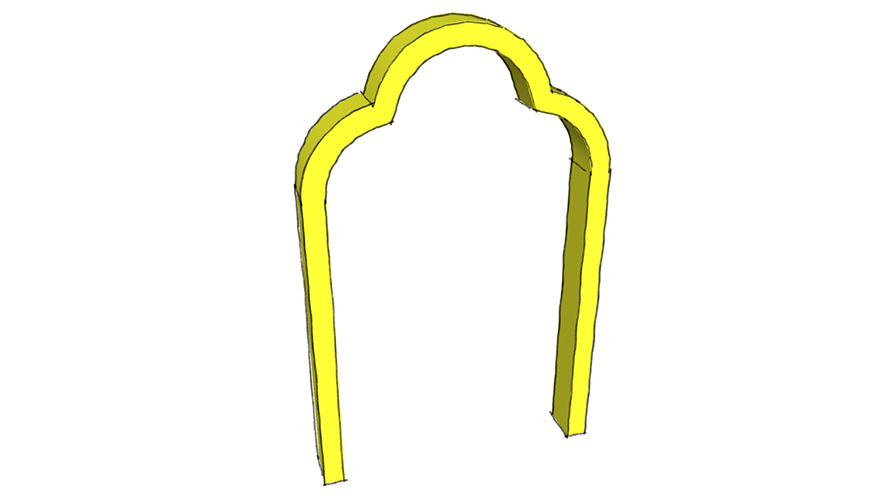
A trefoil arch is an arch that is formed by three rings overlapping each other, taking the form of a trefoil. A trefoil means a three-leaved plant and is a graphical representation of three circular rings overlapping one another.
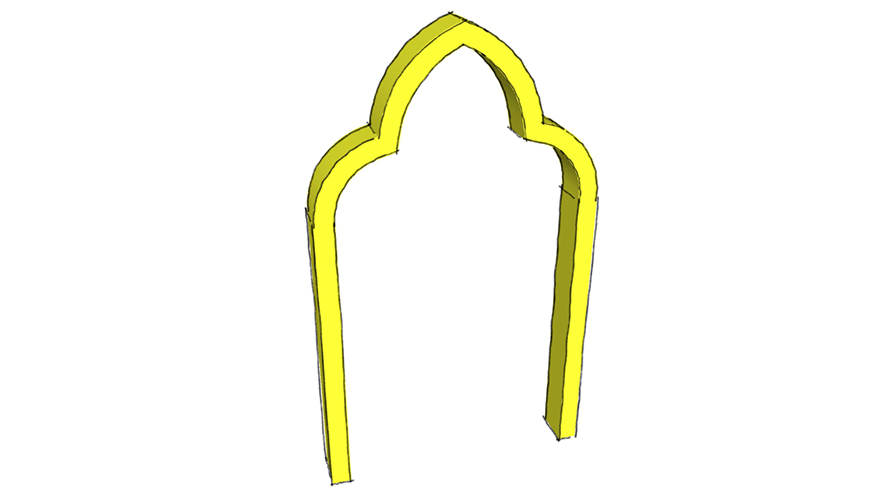
There are two types of trefoil arches, one with a round top and another with a pointed apex called round trefoil arch and pointed trefoil arch respectively. A trefoil arch is also known as a three-foiled cusped arch.
Cinquefoil Arch
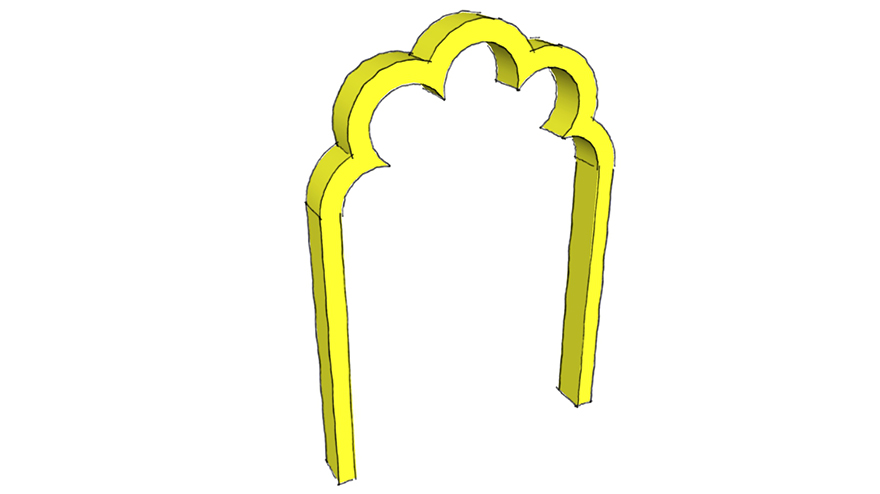
The pointed cinquefoil arch is an arch with an intrados outline created by five rings overlapping each other.
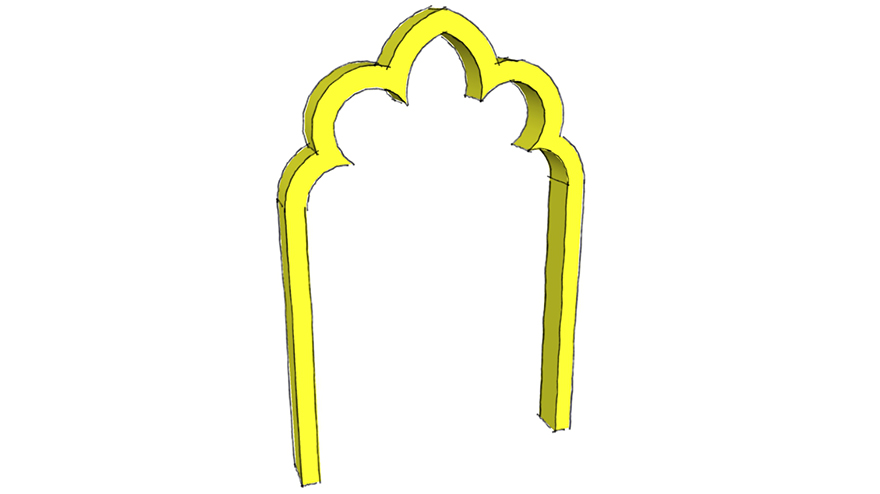
Another type of cinquefoil arch is a pointed cinquefoil arch having a pointed top.
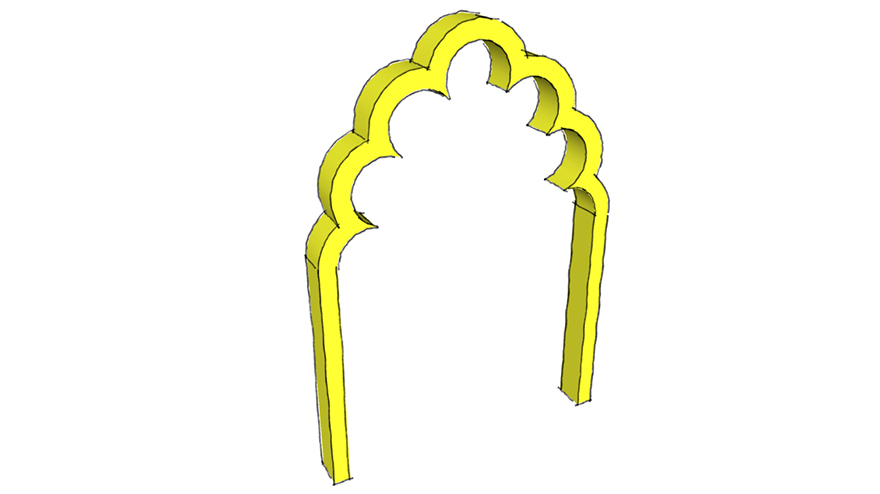
An arch formed with multiple rings is called a multifoil arch.
Rampant Arch
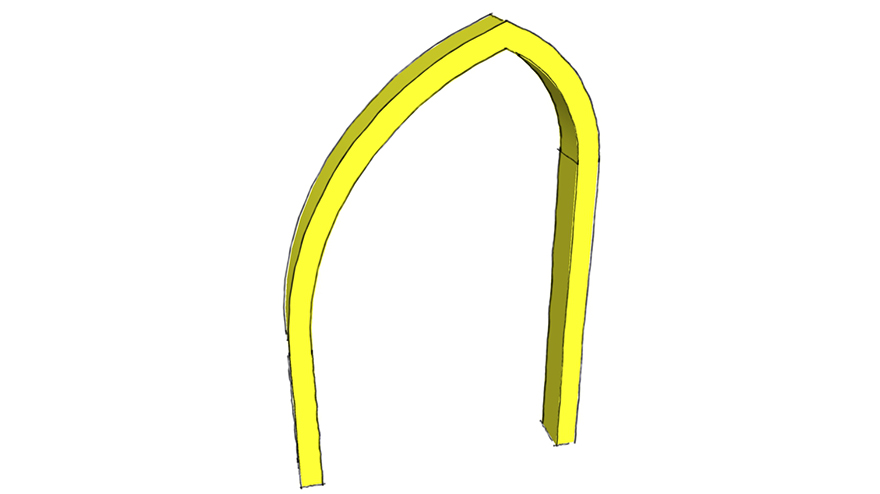
A rampant arch is an arch where the supports of both ends of the arch are not the same. On one side support is at a high level while on the other side, it is lower. It is usually made by the formation of two arcs with different radii on each side. Both the arcs join together to form a pointed edge.
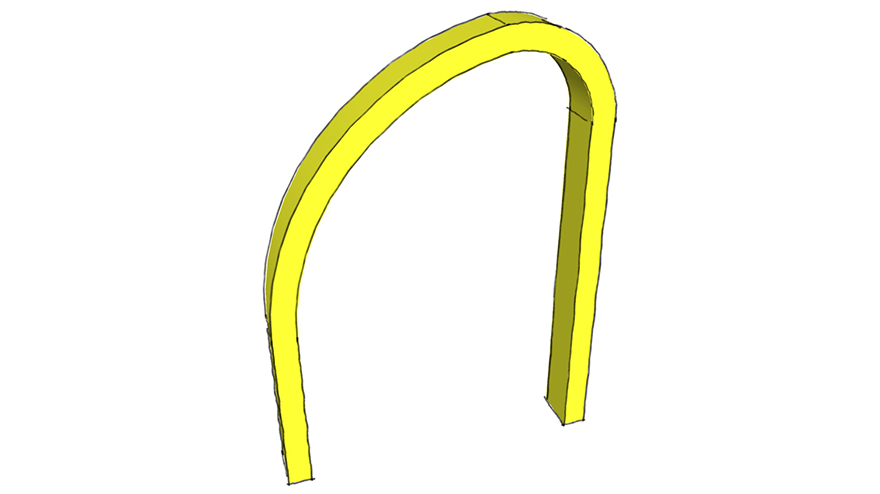
There is another type of rampant arch which is a round rampant arch. In a round rampant arch, there is no pointed edge at the point where the two curves meet.
Triumphal Arch
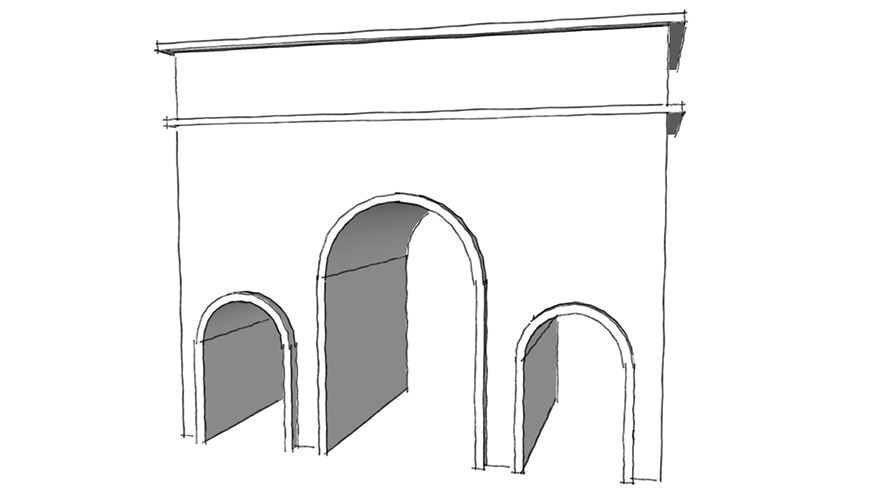
A triumphal arch is a monumental structure that is free-standing and is formed as an arched entrance, an archway, having one or more passageways. It is erected to span roadways. It is usually adorned by an entablature with some inscriptions of significance. A triumphal arch is constructed to commemorate an achievement and triumph.
Triangular Arch
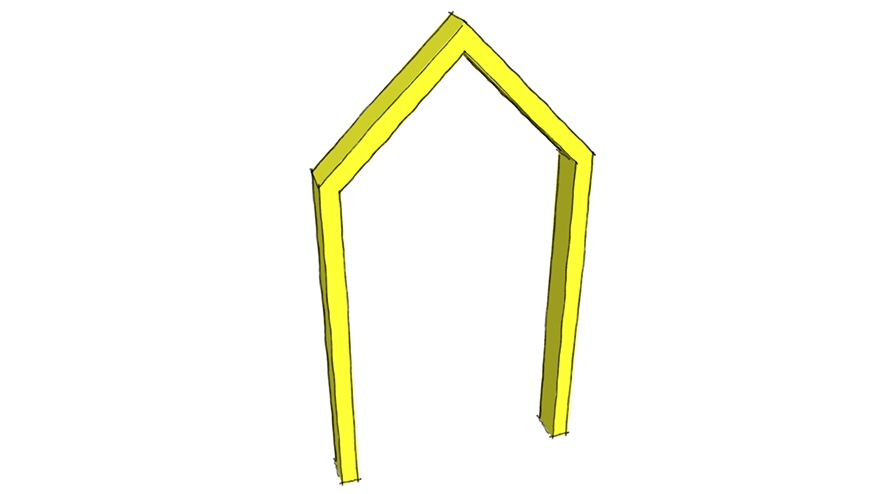
A triangular arch is formed by two straight courses of masonry assembled at 45 degrees angle or similar, joining together at the top of the opening forming a triangular shape. It forms the shape of an inverted ‘V’ alphabet. It is also known as a Mayan arch or Maya arch. Sometimes it is also known as a miter arch due to its resemblance with a miter joint.
Relieving Arch
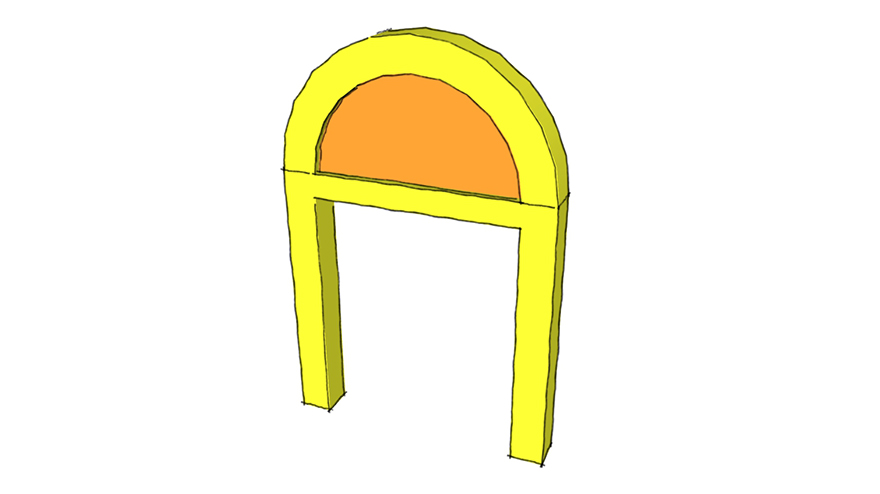
A relieving arch is an arch that is built above a flat arch to increase the strength of the arch. It is also known as a discharging arch.
Stilted Arch
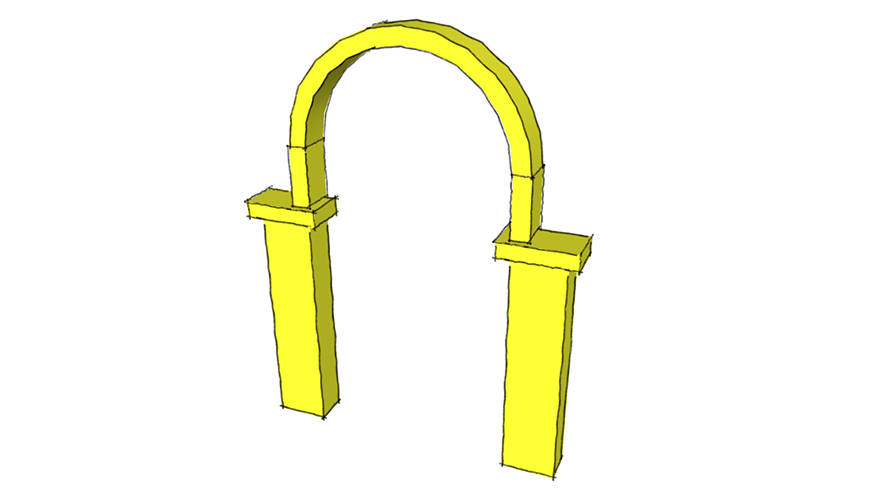
A stilted arch is an arch that is composed of a semicircular arch resting on two vertical components at springing. The centre of the arc lies on the horizontal line above the vertical components where the curve starts.
Guastavino Tile Arch System
Guastavino Tile Arch System is a type of Catalan arch system that uses terracotta tiles and mortar to form self-supporting arches or vaulting. The system uses tiles that are interlocked and follow the curved surface of the roof.


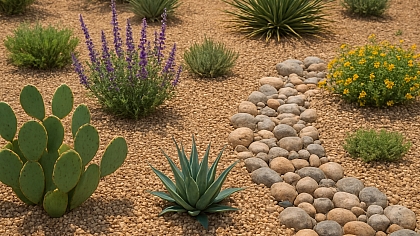
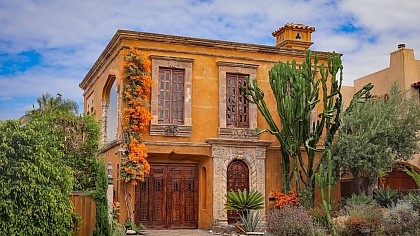

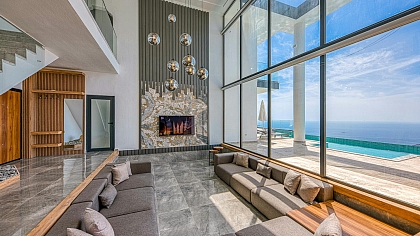

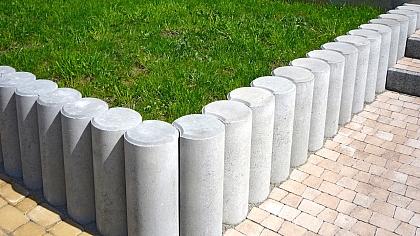

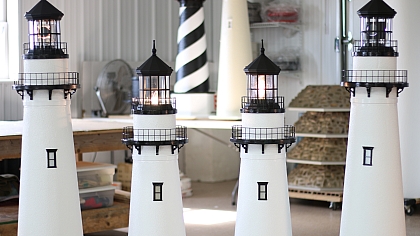
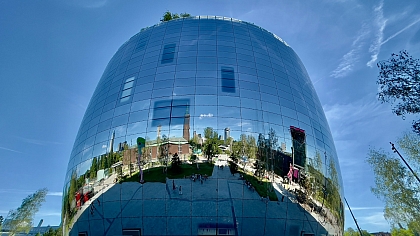
COMMENTS
Wow that's so cute and so interesting